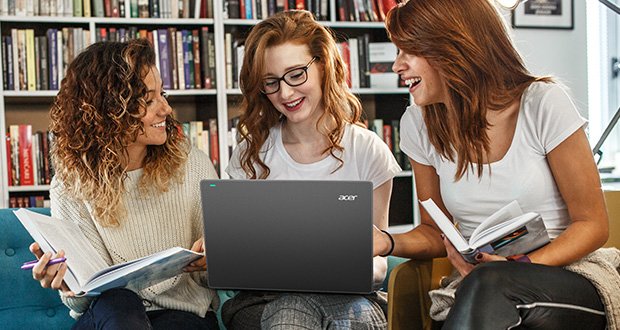In today's rapidly evolving educational landscape, educators are embracing innovative teaching methodologies to engage students effectively and prepare them for the demands of the 21st century. Two approaches that have gained significant traction are Hybrid Learning and Blended Learning. These pedagogical strategies combine traditional classroom instruction with online learning experiences, offering a dynamic and adaptable learning environment that caters to diverse student needs. In this article, we explore the nuances of Hybrid and Blended Learning and highlight the pivotal role of technology, in revolutionising these techniques.
Please login below to view content or subscribe now.
 Education Review The latest in education news
Education Review The latest in education news

